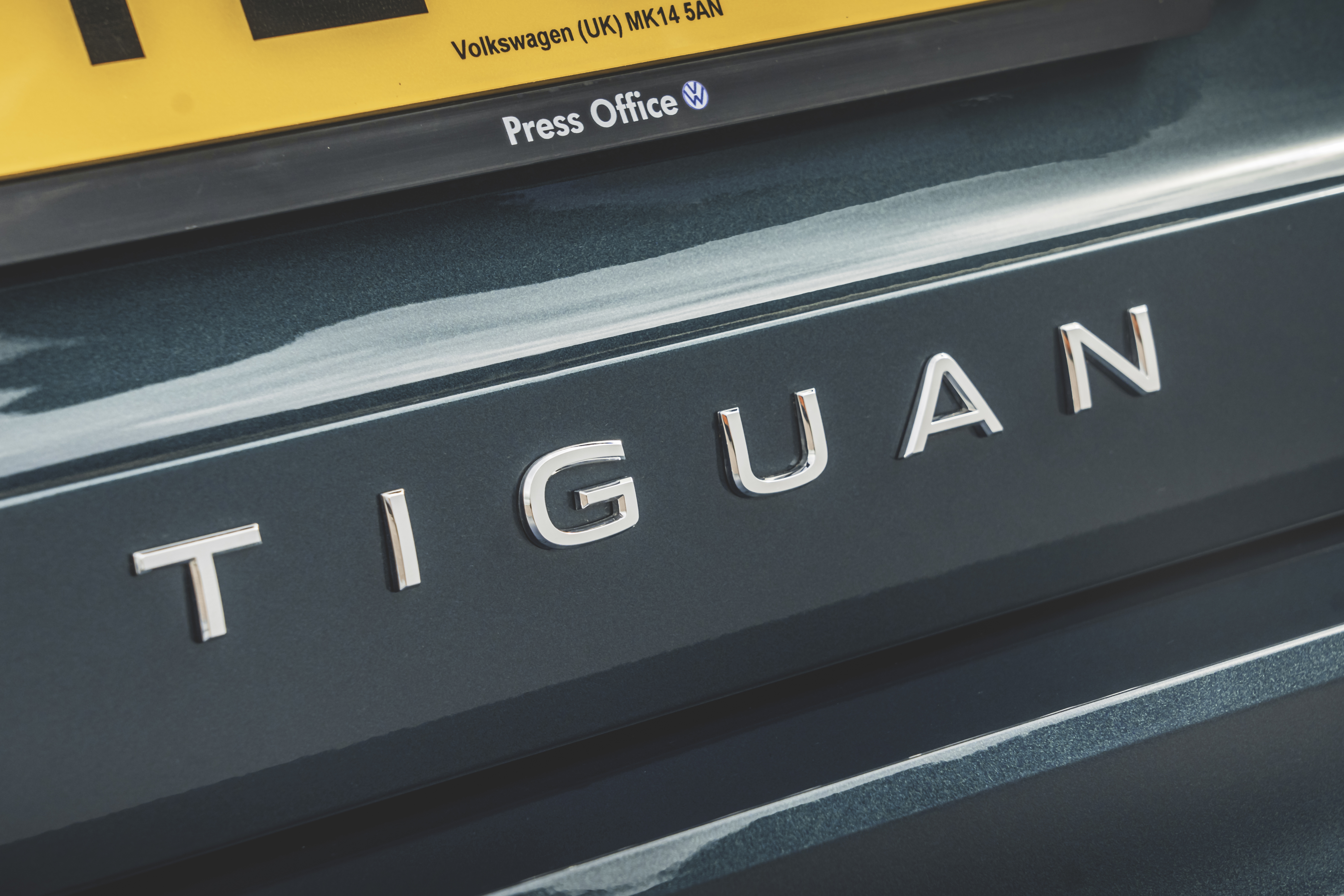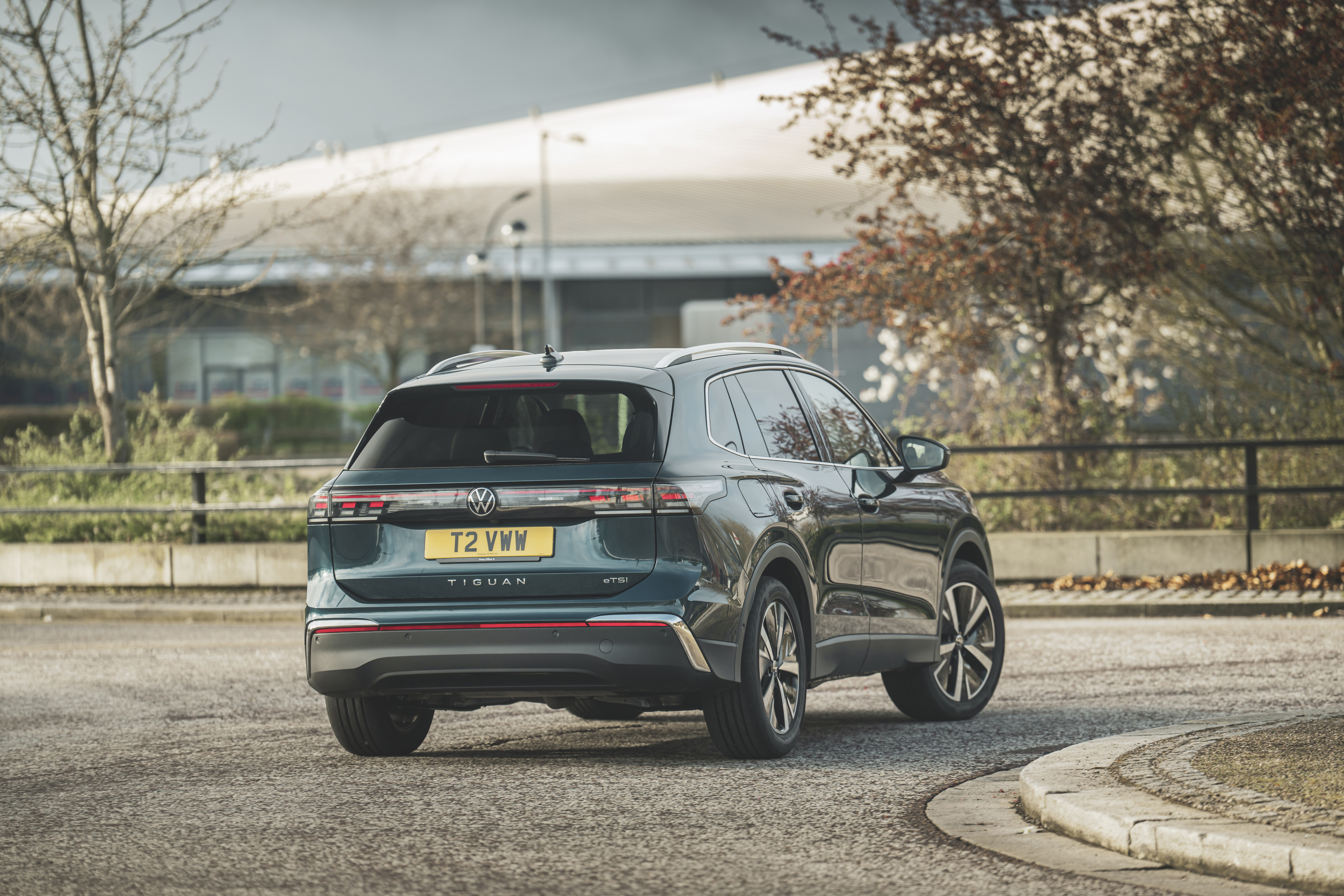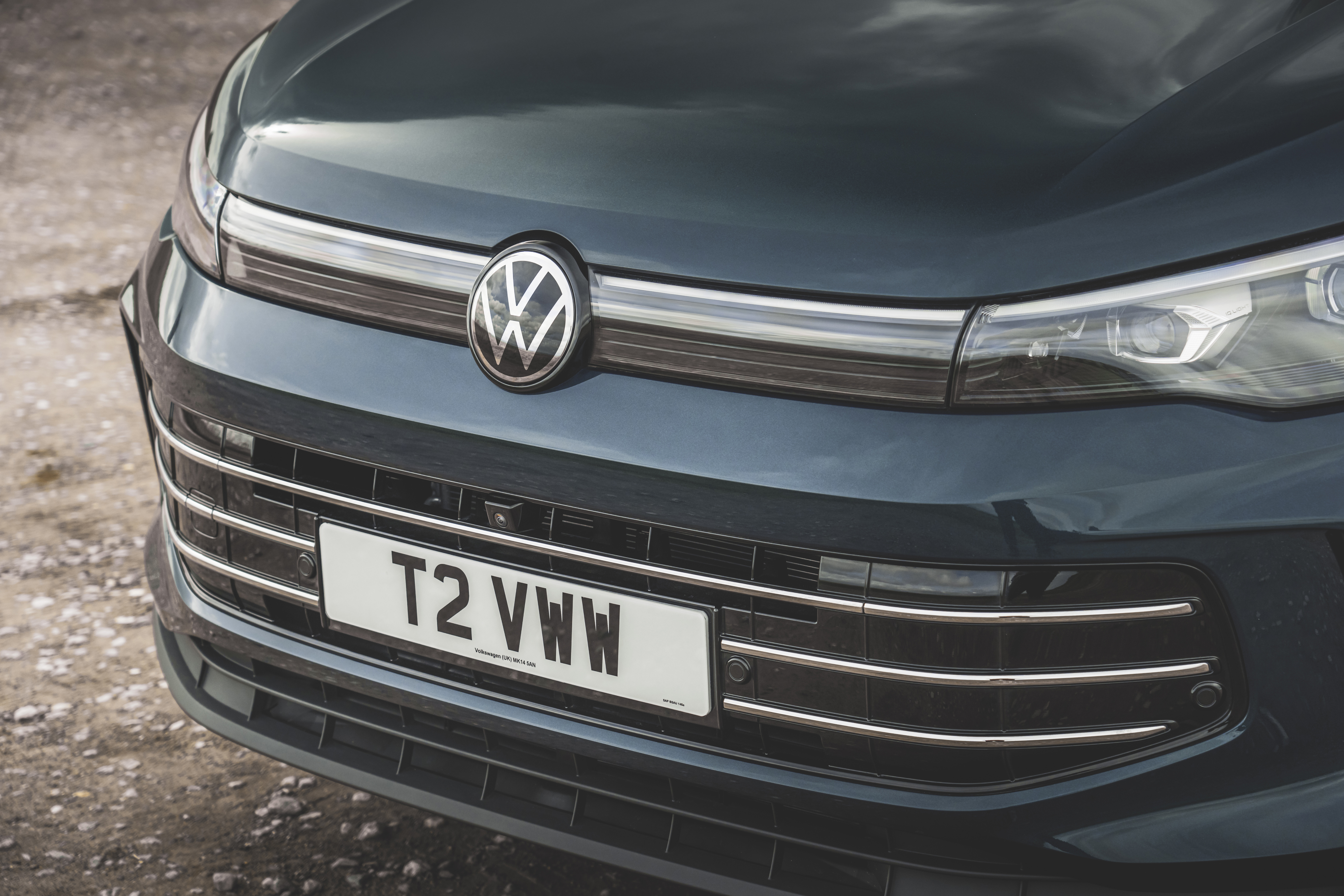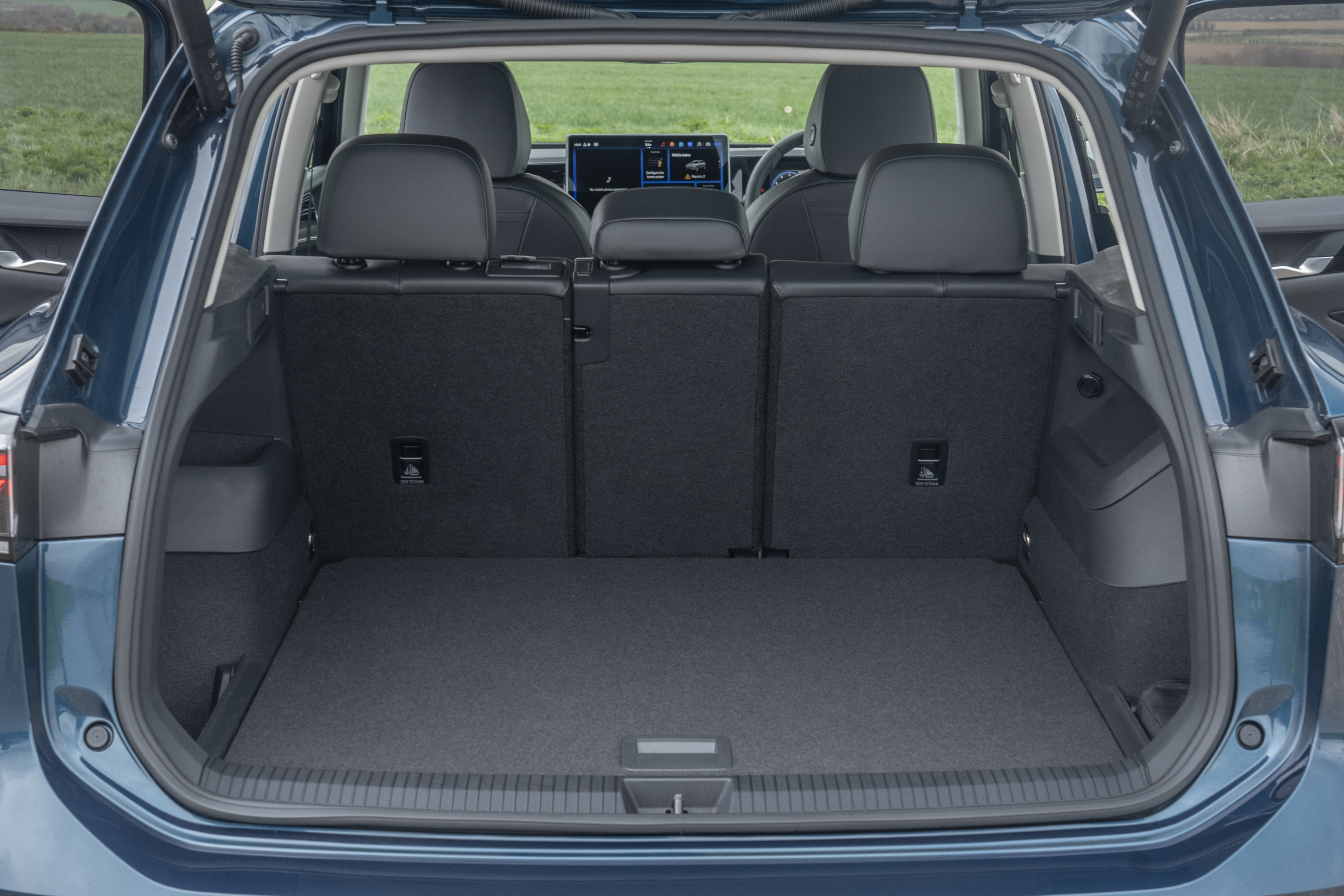First Drive: Is Volkswagen’s new Tiguan still the family car to beat?
The Tiguan’s popularity has been significant in Europe, but with so many rivals, can it still be the best option for buyers? Jack Evans finds out.

What is it?

>
The Tiguan is a hugely important car for Volkswagen. You see, while it might be the Golf or Passat which springs to mind when thinking of the most popular VW model, it’s actually the Tiguan holding onto that title, having been the firm’s most successful model since 2017. In fact, since it went on sale back in 2007, more than 7.5 million have been sold worldwide, reflecting this model’s immense success with buyers.
But while it might seem like the Tiguan has the market licked, it’s up against a variety of new rivals for this latest generation. It has its work cut out for it, that’s for sure, which is why we’ve been behind the wheel to see how it fares.
What’s new?

>
Sitting atop Volkswagen’s latest MQB Evo platform means that the Tiguan has been granted access to all of the German manufacturer’s latest technology, both in terms of in-car features and its engines, too. There’s also a far more radical exterior design than we’ve come to expect from the Tiguan, which no doubt mirrors an approach taken by many of this car’s rivals from South Korea.
But the Tiguan’s success has always resided in its practicality, which is why it still features a spacious cabin with loads of pockets and cubbies to help keep things as tidy as they can be. A thorough makeover inside means that the cabin of the new Tiguan feels night and day more tech-focused than the car which came before it, too.
What’s under the bonnet?

>
Electrification plays a big part in the engines underneath the Tiguan’s bonnet and while there’s no completely battery-powered model, you can get it with both mild- and plug-in hybrid setups though more traditional petrol and diesel options remain for those who need them. We’re driving it in the mildest of mild-hybrid creations here, with a 1.5-litre four-cylinder petrol combined with a 48-volt mild-hybrid system to help deliver everyday performance and decent efficiency.
Volkswagen claims that the 148bhp setup will get the Tiguan from 0-60mph in 8.9 seconds and on to a top speed of 130mph while delivering 43.2mpg combined and CO2 emissions of 149g/km. A seven-speed DSG automatic comes as standard, too.
What’s it like to drive?

>
The Tiguan immediately has that raised seating position that has inspired confidence in countless drivers who have driven previous models, giving a good view of the road ahead from the get-go. There’s some good adjustability there, too, so it’s not tricky to get comfortable right away.
On the move, the Tiguan struggles to shrug off larger road imperfections – we’re riding on 20-inch alloy wheels – and while when unstressed the petrol engine potters around quietly in the background, ask more of it and it’s extremely vocal and coarse. There’s also a fair bit of lag from the gearbox; push the throttle and there’s quite a delay before a big burst of torque sends you surging forward. It’s a pain when you’re trying to make a quick jump into a busy roundabout, for instance.
How does it look?

>
Volkswagen has taken a dramatic new approach with the design of the Tiguan. While some might argue that this method might put people off the look of this latest SUV, you have to argue that it has injected a little extra flair into what was a relatively conservative-looking model.
Highlights include the fill-width lightbar at the front and the large air intakes which help to make the Tiguan appear wider and more impactful. It’s got a lot of presence on the road, that’s for sure.
What’s it like inside?

>
The previous-generation Tiguan was known for its robust build quality and it’s much the same story here. Everything feels nicely screwed together with good materials used throughout. There are some clever storage options, too, such as the large cubby underneath the main screen which is rubberised to stop your phone from sliding out of the wireless charging pad.
Rear-seat space is great, too, with plenty of legroom. Headroom is excellent too, made all the better thanks to the Tiguan’s upright, boxy design. There’s also plenty of boot space to make use of, with the Tiguan’s 632 litres of seats-up space dwarfing the 504 litres you’d get from a Nissan Qashqai and even beating the 591 litres you’d find in the spacious Hyundai Tucson.
What’s the spec like?

>
As we’ve found on other recent Volkswagen models, the Tiguan has a particularly tech-heavy approach inside. Everything is centred around the massive central screen which is packed full of features but, thankfully, has some quick-fire shortcut keys that are easy to use on the move. We’re particularly glad of the prominent assistance system button which allows you to deactivate the often-annoying speed limit and lane-keep assist systems in just three clicks.
Prices for the Tiguan start from just over £34,000, with all cars still getting the large infotainment screen, 17-inch alloy wheels and LED headlights. Move to a top-spec R-Line version and you’re looking at a smidge under £40,000 before options, at which point the Tiguan starts to look quite expensive for what it offers.
Verdict
It’s good to see that all the factors which made the Tiguan such a hit in the first place have been retained in this new generation. It’s practical, well-made and has plenty of features while its boot space means it’ll tie in nicely for drivers after a spacious mode of transport for the whole family.
This 1.5-litre version feels a bit sluggish for the size of car – and won’t be ideal if you’re often towing or driving with the car fully packed – but aside from this, the Tiguan feels just as well-rounded and easy to recommend as ever.





